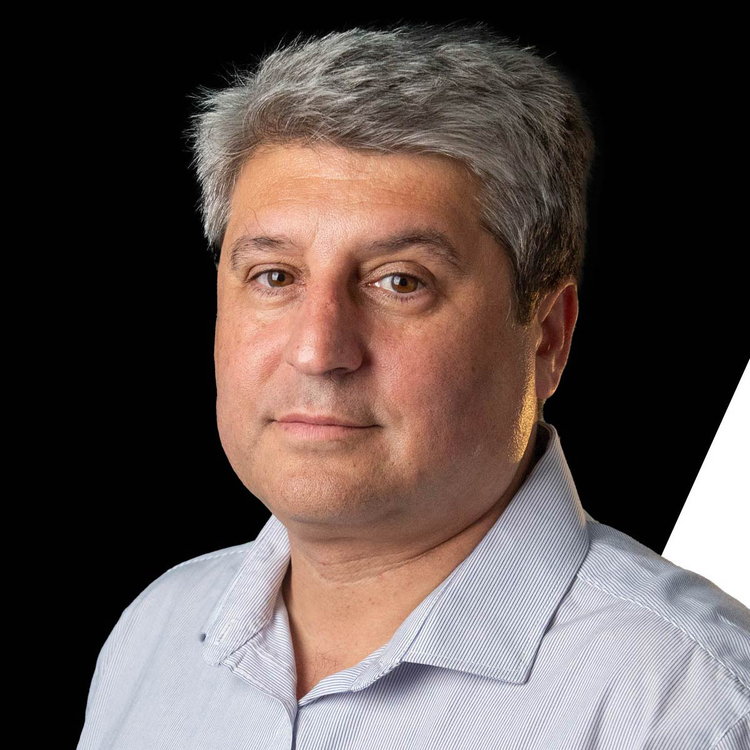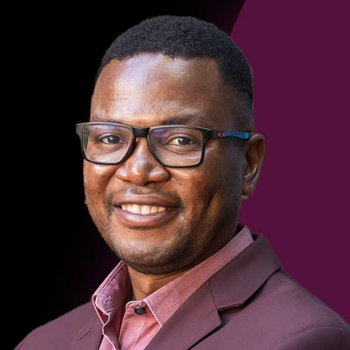
Bruce Mellado on the tech-led fight against air pollution in South Africa
Loading player...
South African scientists have launched a cost-effective air-quality monitoring system built using internet of things and artificial intelligence technologies.
Bruce Mellado, professor of particle physics and director of the Institute for Collider Particle Physics at Wits University, is one of the key people behind the new initiative, which is aimed at improving air quality in South Africa and eventually other markets around the world. He recently joined Duncan McLeod on the TechCentral Show to discuss the project.
Mellado, who also director at the iThemba Laboratories for Accelerator Based Sciences – a unit of South Africa’s National Research Foundation – takes TechCentral through the devices, how they were built and how they’re being deployed in South Africa to detect reportable problems with air quality.
“We decided to create, for the first time in South Africa, a cost-effective air-quality monitoring system based on sensors, IoT and AI. We have named this system Ai_r.,” Mellado wrote in a recent article for The Conversation and published on TechCentral.
“Our team of 25 people includes more than 20 years of experience as particle physicists in working with sensors, communications and AI,” he wrote.
“There are only 130 big air-quality measuring stations in South Africa. They only measure the air quality in the vicinity of the station. This is why we need cost-effective, dense networks made up of Ai_r systems set up all around these stations, to measure air quality in a much wider area. Our vision is to place tens of thousands of these devices all over South Africa.”
In this episode of TCS, Mellado chats about:
• The latest developments in particle physics, some of the work he is involved in and how a particle physicist got involved in an air-quality monitoring project;
• Where the idea for the Ai_r device came from, its development and how it works;
• The role of IoT and AI in the device, and why the development team made the technology choices it did;
• The data that’s been collected so far, and what it can be used for;
• How much the solution costs, and how you can buy one to monitor your air quality at home.
Don’t miss a great conversation!
Bruce Mellado, professor of particle physics and director of the Institute for Collider Particle Physics at Wits University, is one of the key people behind the new initiative, which is aimed at improving air quality in South Africa and eventually other markets around the world. He recently joined Duncan McLeod on the TechCentral Show to discuss the project.
Mellado, who also director at the iThemba Laboratories for Accelerator Based Sciences – a unit of South Africa’s National Research Foundation – takes TechCentral through the devices, how they were built and how they’re being deployed in South Africa to detect reportable problems with air quality.
“We decided to create, for the first time in South Africa, a cost-effective air-quality monitoring system based on sensors, IoT and AI. We have named this system Ai_r.,” Mellado wrote in a recent article for The Conversation and published on TechCentral.
“Our team of 25 people includes more than 20 years of experience as particle physicists in working with sensors, communications and AI,” he wrote.
“There are only 130 big air-quality measuring stations in South Africa. They only measure the air quality in the vicinity of the station. This is why we need cost-effective, dense networks made up of Ai_r systems set up all around these stations, to measure air quality in a much wider area. Our vision is to place tens of thousands of these devices all over South Africa.”
In this episode of TCS, Mellado chats about:
• The latest developments in particle physics, some of the work he is involved in and how a particle physicist got involved in an air-quality monitoring project;
• Where the idea for the Ai_r device came from, its development and how it works;
• The role of IoT and AI in the device, and why the development team made the technology choices it did;
• The data that’s been collected so far, and what it can be used for;
• How much the solution costs, and how you can buy one to monitor your air quality at home.
Don’t miss a great conversation!





